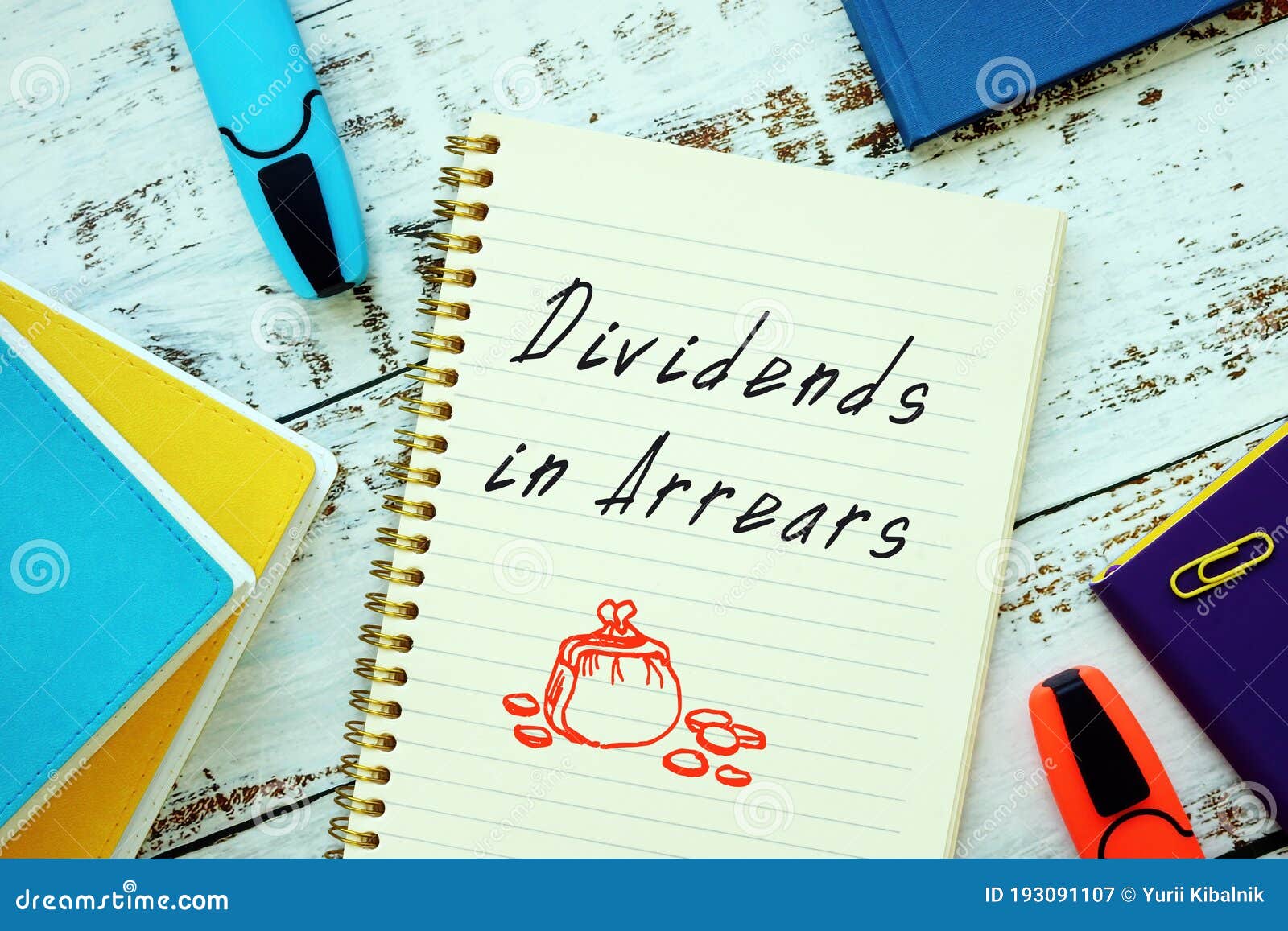
But this only applies if a company’s preference share is cumulative. As stated above, common stockholders won’t receive a dividend as long as there are outstanding dividends how to calculate dividends in arrears in arrears. If you’re a seasoned dividend investor, you’ll know how to find and calculate the current dividend yield and should know already if dividends aren’t being paid.
Finding Total Dividends from DPS
Those who own cumulative preference shares will receive regular dividend payments. The board is likely to do this if it doesn’t have sufficient cash flow. If preference shares are cumulative and dividends are suspended, they are added to the company’s balance sheet as dividends in arrears. Companies won’t stop making preferred payments on a whim and are considered less creditworthy when the payments stop. But if the company does stop making dividend payments to preferred shareholders, those missed payments accumulate as a liability on the balance sheet called dividends in arrears.
Does a company have to pay dividends in arrears?

Company X doesn’t pay the annual dividend in the amount of $1.25 to this investor. He or she is entitled to this dividend in the future when the company pays out dividends. The investor will be one of the first to receive his or her dividend once this happens, as the investor has preferred shares. In the case of a preferred dividend, if the company does not pay the dividend to its shareholders, that dividend income accumulates. This means that in the future, arrearage must be paid to preferred shareholder before any dividends can be paid on common stock.
Stock Dividends
Preferred Dividends are fixed dividends received from Preferred stocks. It means that if you’re a preferred shareholder, you will get a fixed percentage of dividends every year. And the most valuable part of the preferred stock is that the preferred shareholders get a higher dividend rate. They are also given more preference than equity shareholders in dividend payments.
When a stock dividend is issued, the total value of equity remains the same from both the investor’s perspective and the company’s perspective. However, all stock dividends require a journal entry for the company issuing the dividend. This entry transfers the value of the issued stock from the retained earnings account to the paid-in capital account. While they are issued at a fixed rate based on their par value, this may be unfavorable in high inflation periods. Preferred stockholders typically receive the right to preferential treatment regarding dividends, in exchange for the right to share in earnings in excess of issued dividend amounts. Some preferred stockholders may receive the right of participation, in which their dividends are not restricted to the fixed rate of interest.
Preferred Dividend Calculator
In contrast, holders of the cumulative preferred stock shares will receive all dividend payments in arrears before preferred stockholders receive a payment. Essentially, the common stockholders have to wait until all cumulative preferred dividends are paid up before they get any dividend payments again. For this reason, cumulative preferred shares often have a lower payment rate than the slightly riskier non-cumulative preferred shares. Multiply the dividends in arrears per share by the cumulative preferred shares outstanding to calculate the total dividends in arrears. Continuing the example, multiply $10 by 100,000 to get $1 million in total dividends in arrears. A publicly traded company’s stockholders have priority in receiving dividends over common stockholders.
- In year four, preferred stockholders must receive $220,000 ($145,000 in arrears and $75,000 for year four) before common shareholders receive anything.
- They do, however, fall into arrears if you don’t pay them by the due date.
- This means that in the future, arrearage must be paid to preferred shareholder before any dividends can be paid on common stock.
- Cumulative preferred stock guarantees that missed dividends stack up over time.
All of our content is based on objective analysis, and the opinions are our own. The participation rate of 0.4% was found by dividing the excess over the second threshold ($16,000) by the total par value ($4,000,000). Remember, informed decisions lead to smarter investments and ultimately shape financial success. Once they know these two basic things, they can multiply these two components and understand how much they would receive at the end of each year.
Dividends in arrears are dividends owed to preferred stockholders that must be paid out before any dividends can be paid to common stockholders. The total amount of dividends in arrears is reported on the company’s balance sheet, but you can also calculate it yourself. Once the company resumes paying dividends, it must pay $1.125 per share to preferred shareholders before making any dividend payments to common shareholders.
First, determine the preferred stock’s annual dividend payment by multiplying the dividend rate by its par value. Both of these can be found in the company’s preferred stock prospectus, and par value is usually $25 or $50 per share, although there are exceptions. For example, let’s say a company or corporation issued 200,000 shares of $10 non-cumulative preferred stock in January 2015.
However, preferred shareholders have a higher claim on company assets in the event of bankruptcy. This is not especially meaningful since even preferred shareholders are in line for repayment behind secured creditors, unsecured creditors, and tax authorities. Even bondholders are higher in line since their investment represents secured credit.
Adam received his master’s in economics from The New School for Social Research and his Ph.D. from the University of Wisconsin-Madison in sociology. He is a CFA charterholder as well as holding FINRA Series 7, 55 & 63 licenses. He currently researches and teaches economic sociology and the social studies of finance at the Hebrew University in Jerusalem. Andy Smith is a Certified Financial Planner (CFP®), licensed realtor and educator with over 35 years of diverse financial management experience. He is an expert on personal finance, corporate finance and real estate and has assisted thousands of clients in meeting their financial goals over his career.

